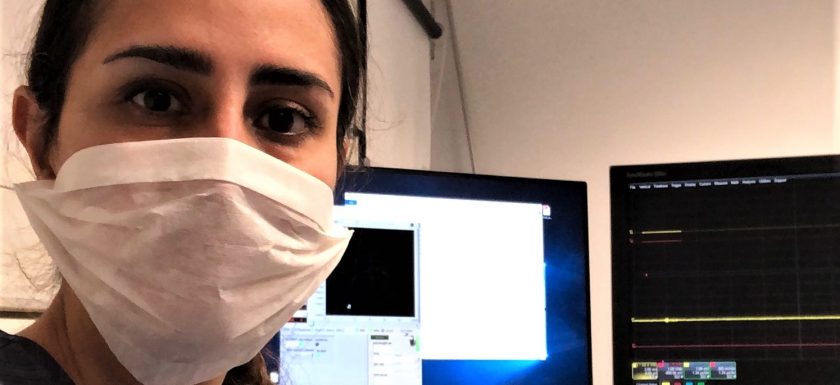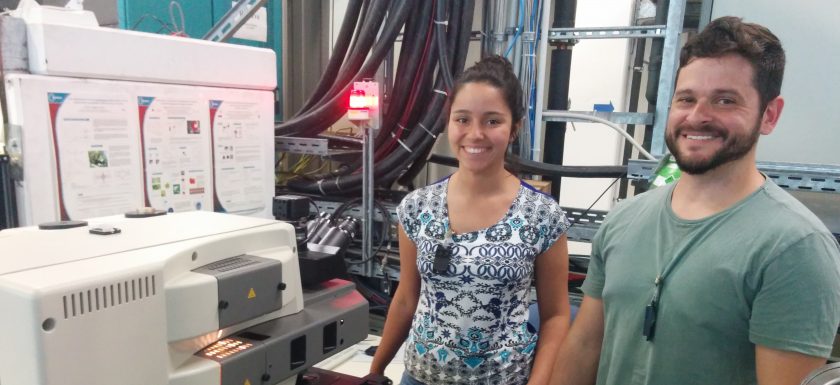We are back: Rowshanak Irani from the Solar Fuels Institute
Many colleagues work on site, others continue to work from home. These different working environments will continue to accompany us in the coming weeks. Therefore, we will introduce people telling us what it means to be back in the lab as well as people who continue working from home. Today we ask Rowshanak Irani, postdoctoral researcher at the HZB Solar Fuels Institute based in Wannsee. How did you start the lockdown period? I was lucky, as I had my PhD viva a few weeks before the lockdown. At HZB when you do your PhD in three years you get a contract extension for six months;Read More →


